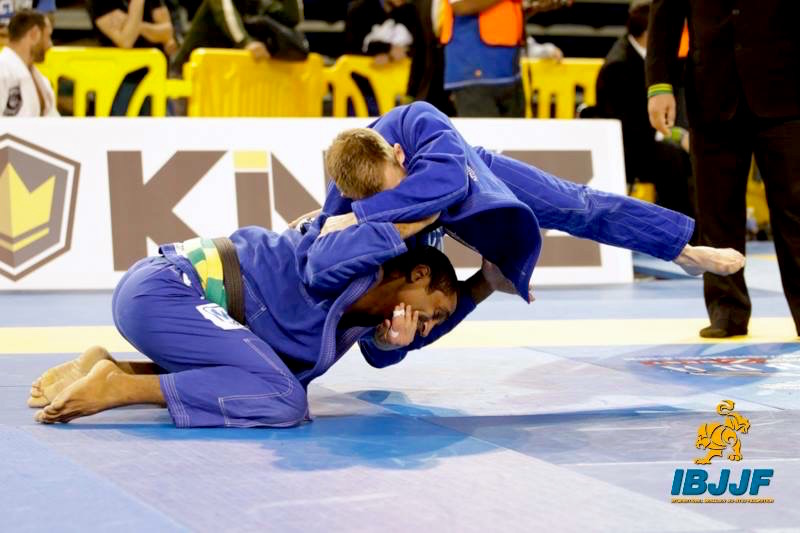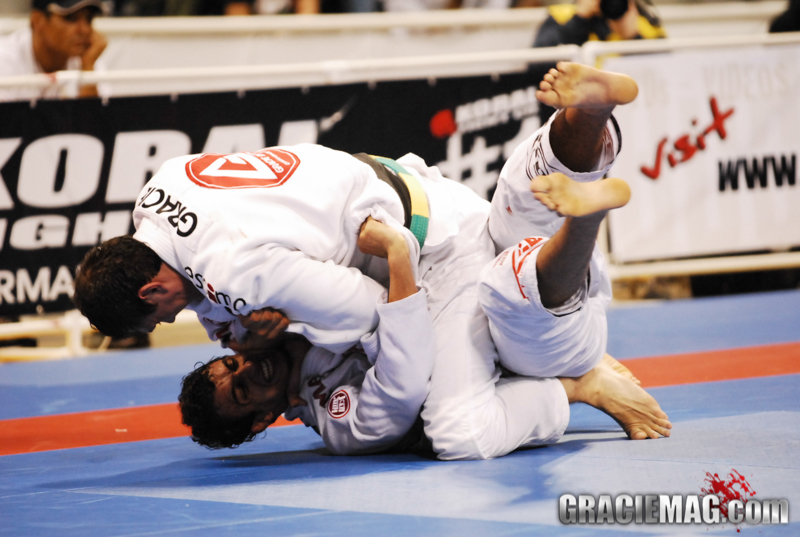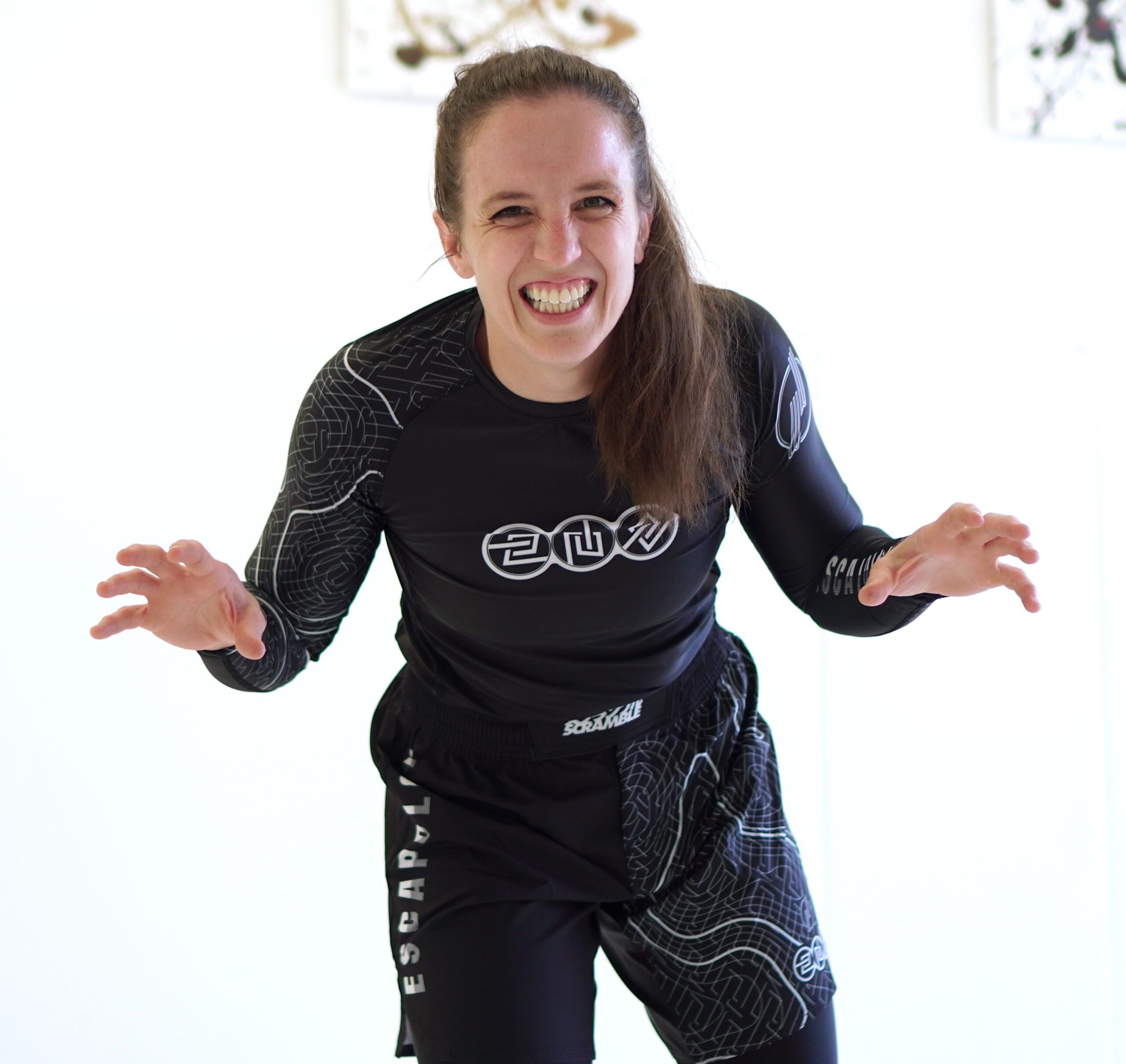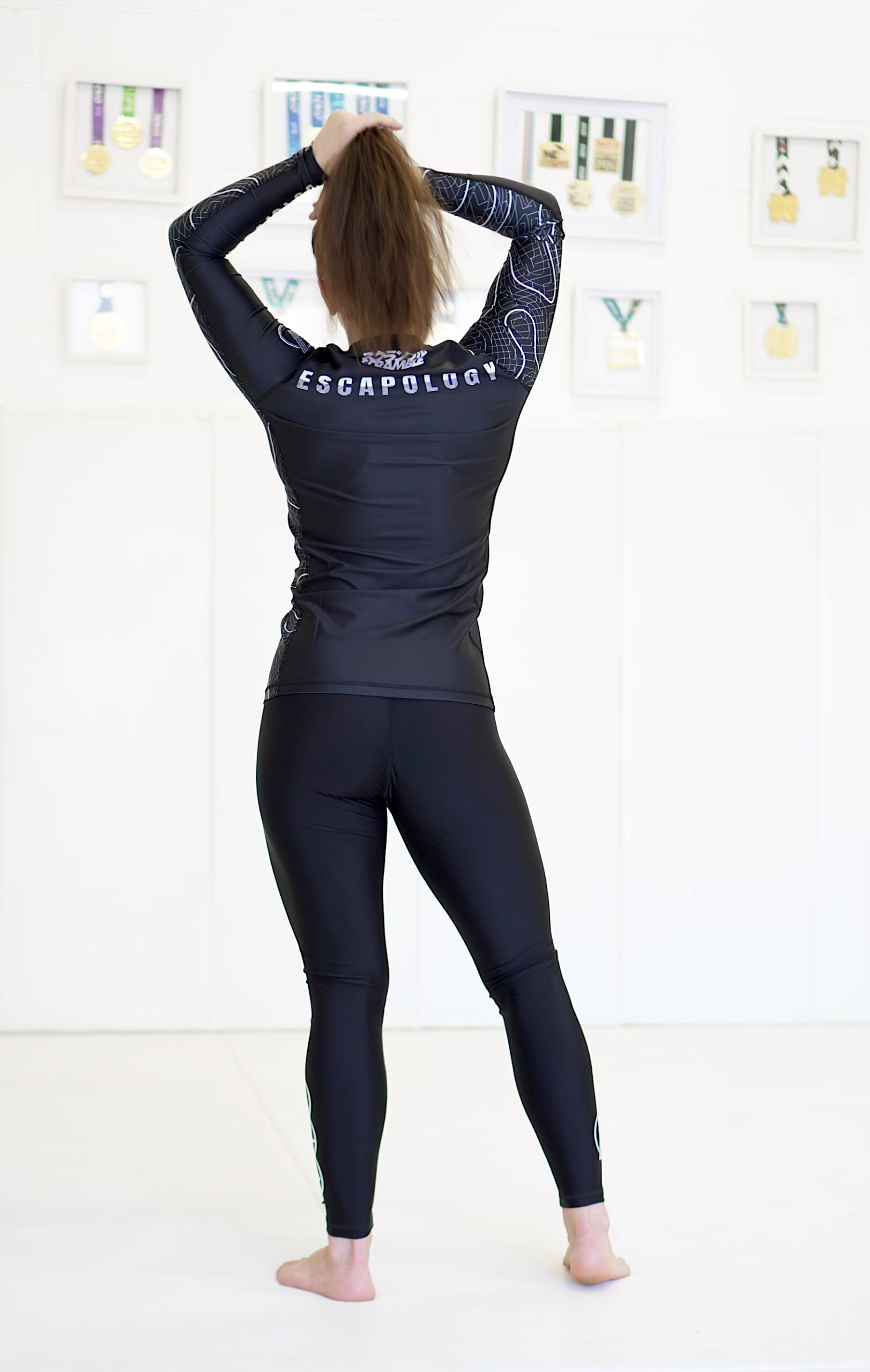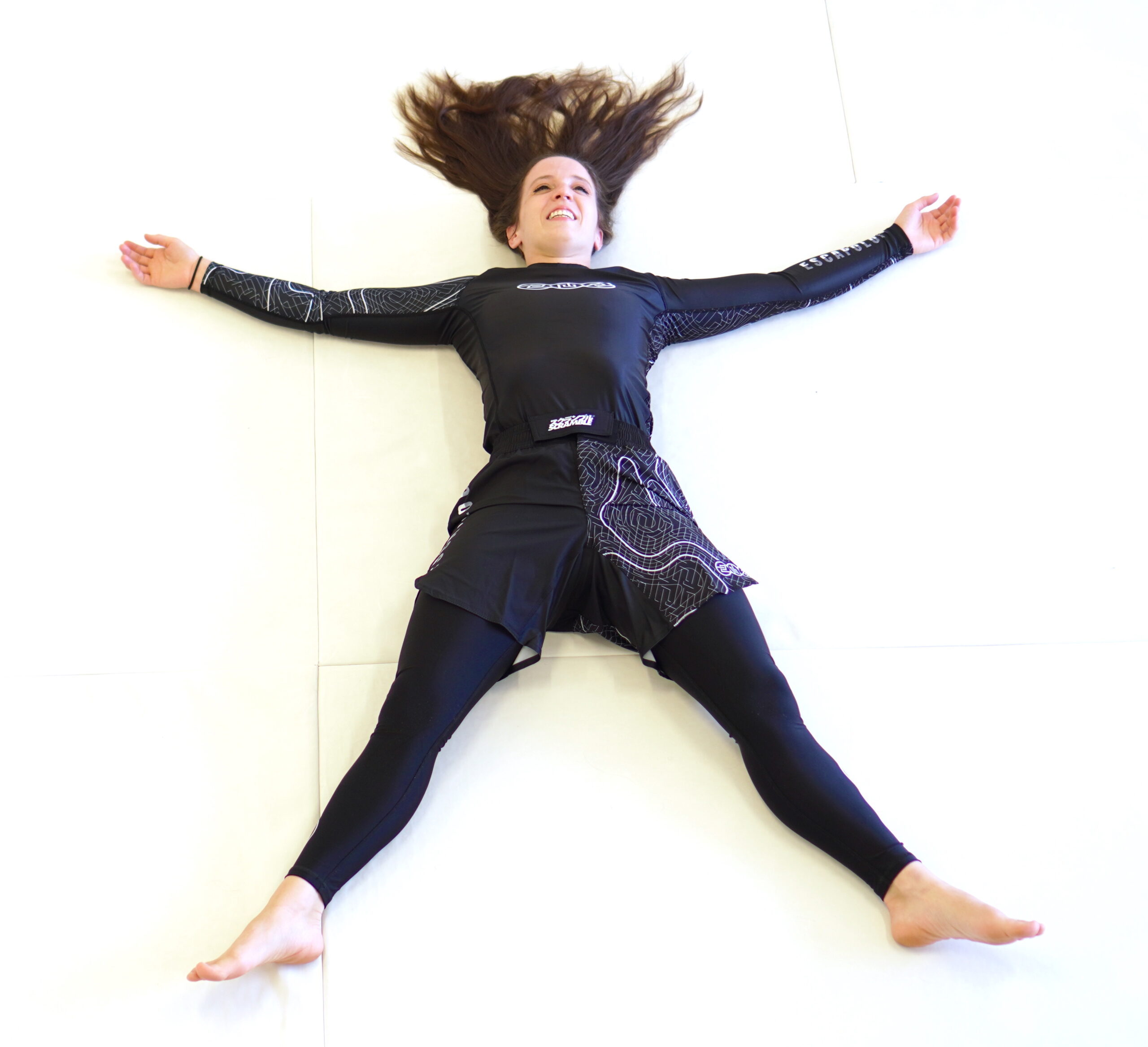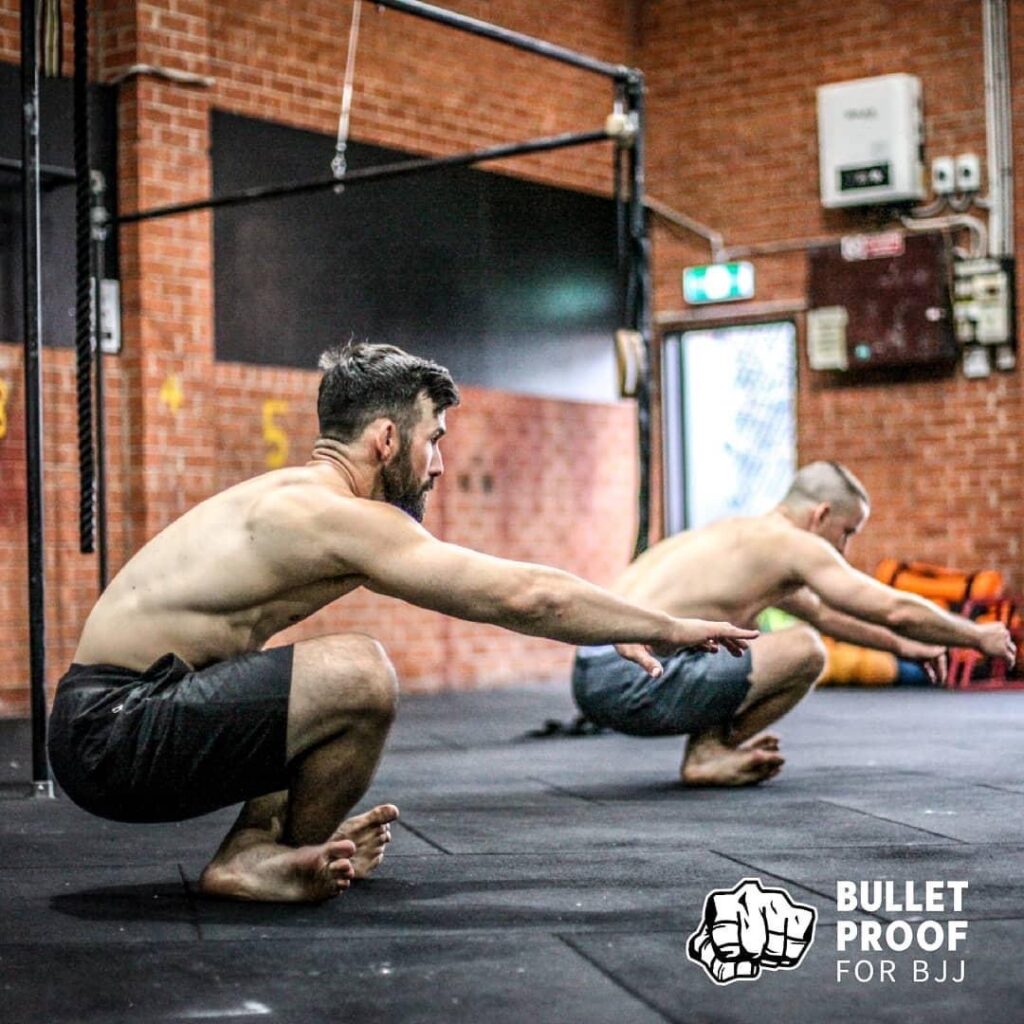Starting Thursday 6th October, Jack Sear will be running a Leg Lock intensive for Escapology BJJ students.

Jack is one of the top No Gi competitor’s in the country and a master of the leg locking game.
The intensive will run for 6 weeks, is limited to 30 people, and is FREE to Escapology members.
If you’d like to attend the intensive send us an email to team@escapologybjj.com or talk with Kris next time you’re in the gym.
